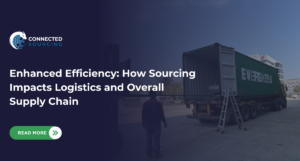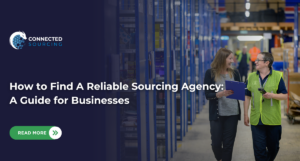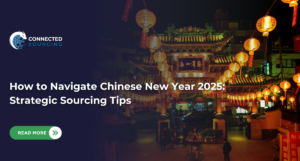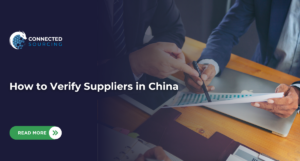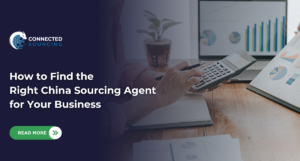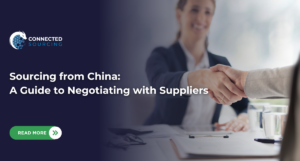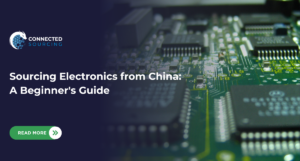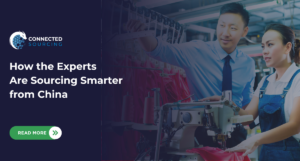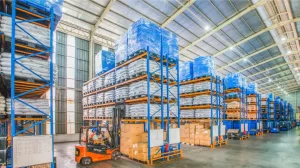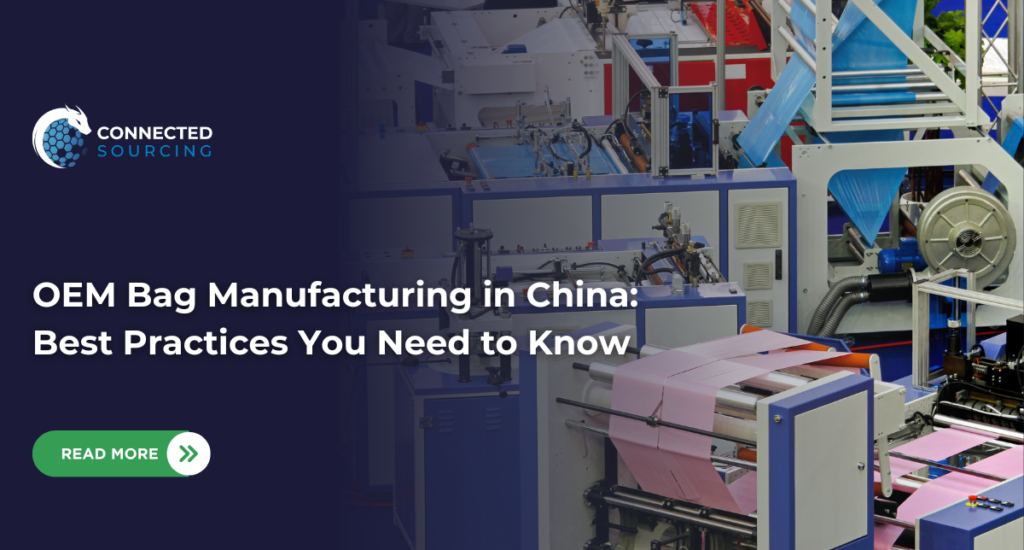
As one of the world’s leading hubs for OEM (Original Equipment Manufacturing) production, China offers businesses unparalleled opportunities to tap high-quality, customizable bag manufacturing at competitive costs. For companies aiming to scale their business, outsourcing bag production to China is a good option as it allows businesses access to skilled craftsmanship and flexible manufacturing capabilities.
However, international sourcing—especially for custom designs with unique materials, branding, and functionality—requires strategic planning and a solid grasp of industry best practices. In this blog, we break down the step-by-step process and best practices for OEM bag manufacturing.
What is OEM Bag Manufacturing?
OEM, or Original Equipment Manufacturing, is a production process where a company partners with a third-party manufacturer to produce products precisely to their design specifications. In bag manufacturing, this means collaborating with a factory to create custom bags that reflect your brand identity, from the choice of materials to the final product details.
OEM vs. ODM: Which is Right for You?
While OEM manufacturing gives you full control over design, ODM (Original Design Manufacturer) involves working with a factory that has pre-designed products, which they may offer to other clients.
For businesses focused on unique brand identity and exclusive designs, OEM is often the best fit. On the other hand, if speed to market is critical and customization needs are minimal, ODM could be a viable choice.
For a more detailed comparison, explore our guide on Choosing the Right Manufacturing Partner: OEM vs. ODM vs. OBM Explained
Why Choose OEM for Bag Manufacturing?
OEM bag manufacturing offers several significant advantages for brands looking to establish or expand their product lines:
- Complete Design Control: Unlike private label options, which restrict you to existing designs, OEM manufacturing enables you to fully customize your bag’s appearance, materials, and features.
- Reduced Overhead Costs: Outsourcing production reduces the need for in-house manufacturing, enabling you to focus resources on growth and brand-building.
- Focus on Brand Development: By entrusting production to experienced manufacturers, you’re free to concentrate on marketing, sales, and overall brand strategy.
Key Steps to a Successful OEM Bag Manufacturing Process
Step 1: Define Your Product Requirements and Specifications
A successful OEM process starts with clear, detailed product requirements. Consider:
- Type of Bag: Define the specific type of bag—be it backpacks, handbags, tote bags, or custom designs.
- Material Preferences: Choose materials that align with your brand’s values, such as leather, canvas, or sustainable options.
- Size and Design Elements: Specify dimensions and essential design details, like zippers, linings, and straps, that impact usability and aesthetics.
Step 2: Select a Reliable Manufacturer
Choosing the right manufacturer is one of the most critical steps in the OEM process. To find a reputable partner, look for suppliers who specialize in bag production and have a track record of delivering high-quality products. Here are some criteria to evaluate:
- Experience and Expertise: Ensure the manufacturer has experience with the specific type of bag you’re producing.
- Certifications and Compliance: Verify that the factory meets international production standards and certifications (e.g., ISO, BSCI) to ensure quality and ethical production.
- Production Capacity: Confirm the manufacturer can handle your production volume and offers scalability if needed.
Step 3: Collaborate on Design and Prototyping
Design collaboration and prototyping are essential for ensuring that the final product aligns with your brand’s vision. During this phase:
- Share Detailed Drawings and Mockups: Providing CAD files or other detailed drawings will help the manufacturer accurately interpret your design.
- Request Prototypes: A prototype serves as the physical realization of your concept and allows you to test for functionality, durability, and appearance.
- Gather Feedback and Iterate: After receiving the initial prototype, evaluate it against your original specifications. Revisions are common, so be prepared to go through a few rounds to perfect the product.
Step 4: Focus on Material Sourcing and Quality Control
Material sourcing and quality control are important for maintaining consistency and durability. To manage these aspects effectively:
- Source High-Quality Materials: Work with your manufacturer to source premium materials that meet your specifications, whether that means durability for outdoor bags or sustainable fabrics for eco-friendly products.
- Implement Quality Control Protocols: Establish a quality control checklist for every production stage. This can include stress testing, seam inspections, and color-matching checks.
- Factory Audits and Third-Party Inspection: Periodic audits or inspections by a third-party can ensure that the production adheres to your quality standards.
Step 5: Negotiate Pricing and Payment Terms
A clear understanding of pricing and payment terms can streamline the production process and mitigate potential financial risks. When negotiating:
- Request a Detailed Cost Breakdown: Ask for an itemized quote that includes material costs, labor, and any additional fees. This helps in understanding where your budget is allocated.
- Consider Different Payment Terms: Many manufacturers offer flexible payment options, such as a down payment followed by installments. Negotiate terms that provide security for both parties.
- Build Contingencies: Plan for unexpected expenses to ensure financial stability throughout production.
Step 6: Arrange for Shipping and Logistics
Effective logistics management ensures timely and secure delivery of your products from the manufacturer to your warehouse. Important factors include
- Product Packaging Standards: Ensure packaging protects the products in transit and meets the destination’s regulatory standards.
- Shipping Method Selection: Choose air freight for faster delivery or sea freight for cost savings, depending on your timeline and budget.
- Shipment Tracking: A reliable tracking system helps monitor the shipment and proactively address delays.
Step 7: Perform a Final Quality Inspection
After production and before shipment, conduct a final quality inspection to ensure all products meet your quality standards. Key checks include:
- Physical Appearance: Check for any visible defects, such as stitching issues or misaligned logos.
- Functionality Testing: Ensure zippers, straps, and closures work as intended, and the bag meets weight and durability specifications.
- Compliance Verification: Verify that the product adheres to any specific compliance requirements for the destination market.
Conclusion
OEM bag manufacturing can be a powerful tool to bring your custom bag vision to life. By carefully planning, selecting the right partner, and maintaining clear communication, you can ensure a successful and rewarding manufacturing experience.
Partner with Connected Sourcing for Seamless OEM Bag Manufacturing
OEM bag manufacturing can be an effective way to bring your custom bag designs to life. By carefully planning, selecting a reliable manufacturer, and maintaining clear communication, you can create high-quality products that elevate your brand.
With over 20 years of experience, Connected Sourcing offers a comprehensive approach to OEM bag manufacturing in China. We provide hands-on guidance through each step, from design and material selection to quality control and logistics, leveraging our industry expertise and extensive connections to make the entire process more efficient and successful.
With Connected Sourcing, turn your bag concepts into expertly crafted products, ensuring the quality and attention to detail your customers expect. Let us help you build a trusted, high-quality brand in the bag industry.

Frequently Asked Questions
Do I Need to Speak Mandarin?
Not necessarily! But understanding these tips and potentially partnering with a Mandarin-speaking sourcing agent can make things a lot easier.
What if My Supplier Doesn't Speak English Fluently?
Many global sourcing companies offer translation and interpreter services. Consider working with a sourcing agent who can manage communication for you.
Is WeChat the Only Way to Communicate?
While WeChat is popular, email is still widely used. The best method depends on your supplier's preference. Discuss communication methods during the planning stage to find a solution that works for both of you.
Why Use a Sourcing Company?
Sourcing companies can bridge the language gap, translate documents, handle negotiations, and ensure clear communication throughout the process. This frees you up to focus on other parts of your business, knowing communication is running smoothly.
By following these communication best practices, you can bridge the gap and build strong, successful partnerships with Chinese manufacturers. Remember, clear communication is the foundation of any global sourcing journey.
Connected Sourcing can help you navigate your sourcing process by providing an end-to-end solution, including communication with your suppliers. Contact us today to learn more!


